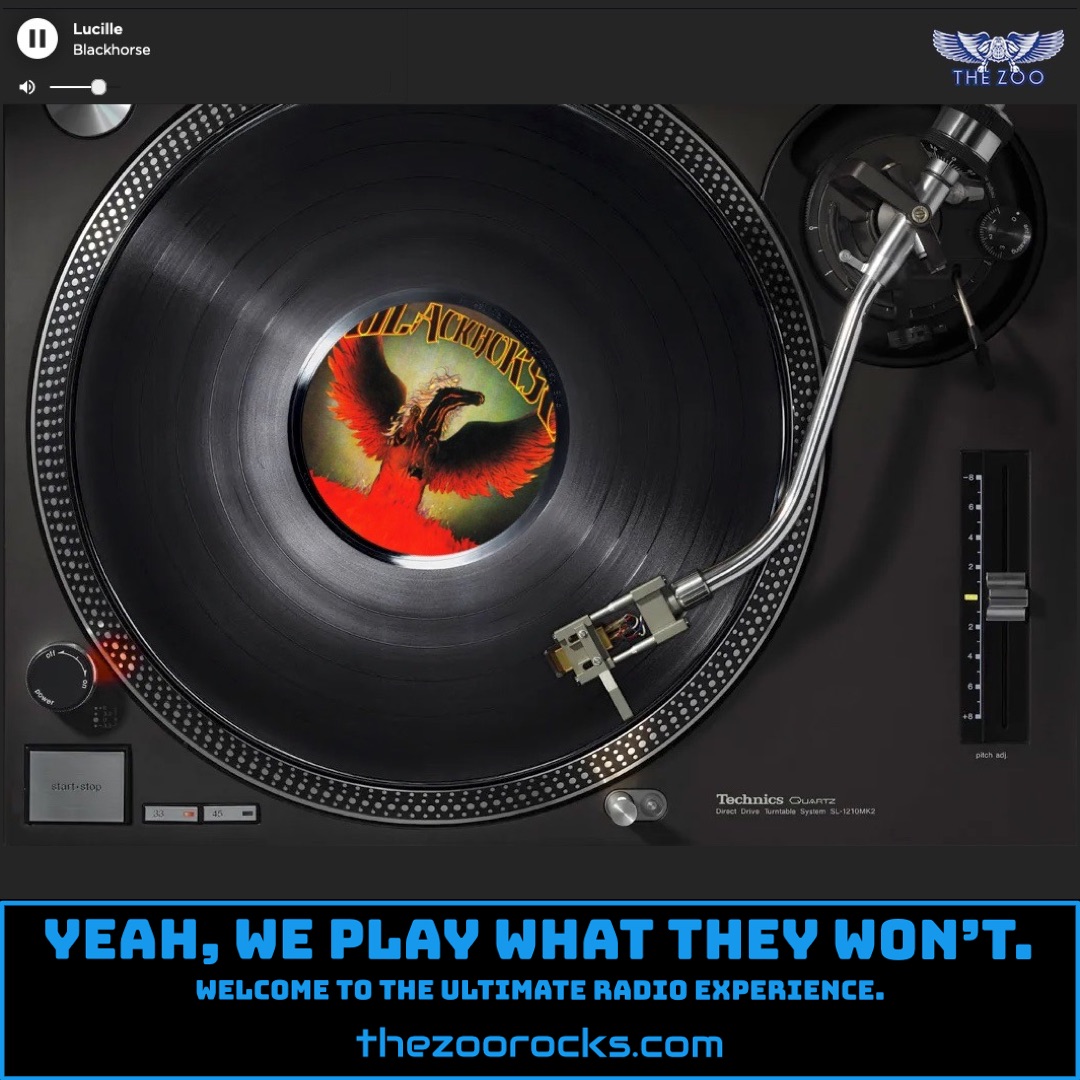Under My Thumb (Live 1981)
The Rolling Stones
The Zoo Crew is spinning the classic "Under My Thumb (Live 1981)" by The Rolling Stones from their live album Still Life, and the Zoo Freaks are loving it! This track, recorded during the band's 1981 American Tour, captures the raw energy of their performances. One wild story from that tour happened at a surprise gig in Worcester, Massachusetts, on September 14, 1981, where the Stones played under the pseudonym Blue Sunday and the Cockroaches at Sir Morgan’s Cove, a small club. The setlist included "Under My Thumb," and the intimate show for 350 fans became legendary, with thousands more outside in the rain trying to catch a glimpse. Local radio stations WAAF and WBCN got into a feud over ticket giveaways, with WBCN referencing a tragic Who concert to stir controversy, but the Stones delivered an electrifying set that’s still talked about today.
Another piece of trivia about "Under My Thumb" is its controversial edge. Written by Mick Jagger and Keith Richards, the song’s lyrics, which explore a power shift in a relationship, sparked debate among feminists in the 1960s for their perceived misogyny. However, Jagger clarified in a 1995 Rolling Stone interview that it’s “a bit of a jokey number” and not meant to be taken too seriously. Interestingly, scholar Jean-Michel Buizard, in his 2021 book Like a Rolling Stone Revisited, offered a fresh take, suggesting the song is rooted in blues tradition, with “thumb” referring to taming a guitar rather than a person, likening it to B.B. King’s personified guitar, Lucille. The 1981 live version, featured on Still Life, is a fan favorite, with some, like a reviewer on Amazon, calling it the most powerful rendition, thanks to its gritty, unpolished vibe compared to later tours with backup singers.
The song’s history also ties to a darker moment: it was playing during the tragic Altamont Free Concert in 1969 when a fan, Meredith Hunter, was killed by Hells Angels security. This incident, detailed in various accounts, gave the song a haunting aura for some listeners. On a lighter note, the 1981 tour’s version of "Under My Thumb" got praise on Reddit in 2024, with fans loving the mix of guitars, piano, and Bill Wyman’s pumping bass, calling it a standout compared to the studio cut. The Stones opened many shows on that tour with this track, setting the stage for hits like "Start Me Up," though some fans, like one at the Seattle Kingdome show, wondered why the newer hit didn’t kick things off instead.
The Rolling Stones got their start in London in 1962, born out of a shared love for blues and early rock and roll. Mick Jagger and Keith Richards, childhood friends who reconnected as teenagers, bonded over their record collections and began jamming with other musicians, including Brian Jones, a multi-instrumentalist who became the band’s early leader. Jones named the group after a Muddy Waters song, and they started gigging in small clubs, covering blues standards. Drummer Charlie Watts and bassist Bill Wyman soon joined, solidifying the lineup. Their gritty, raw sound, influenced by artists like Chuck Berry and Bo Diddley, set them apart from the cleaner-cut Beatles. By 1963, manager Andrew Loog Oldham pushed them to write original songs, leading to the Jagger-Richards songwriting partnership that would define their career. Oldham also crafted their rebellious image, making them “undesirables” in contrast to the Beatles’ polish, a move that fueled their rise as Decca Records signed them with favorable terms.
Over six decades, The Rolling Stones have remained one of rock’s most enduring acts, with hits like "Satisfaction" and albums like Sticky Fingers cementing their legacy. Their official website, rollingstones.com, is the go-to for tour dates, merch, and news. You can follow them on Facebook, Instagram, and X for updates, rare photos, and fan interactions. Fans also gather on sites like IORR.org, a long-running fan community with tour info and forums, and dbboots.com, a bootleg database for collectors. On Facebook, groups like Rolling Stones Fans and Rolling Stones Forever are buzzing with Zoo Freak-style passion, sharing memories, vinyl finds, and love for tracks like "Under My Thumb."

